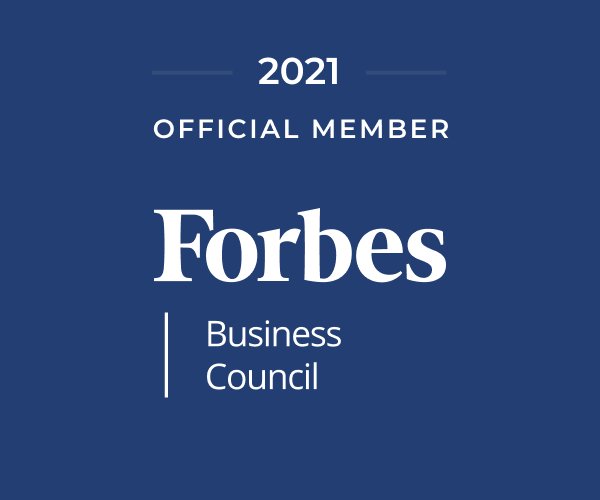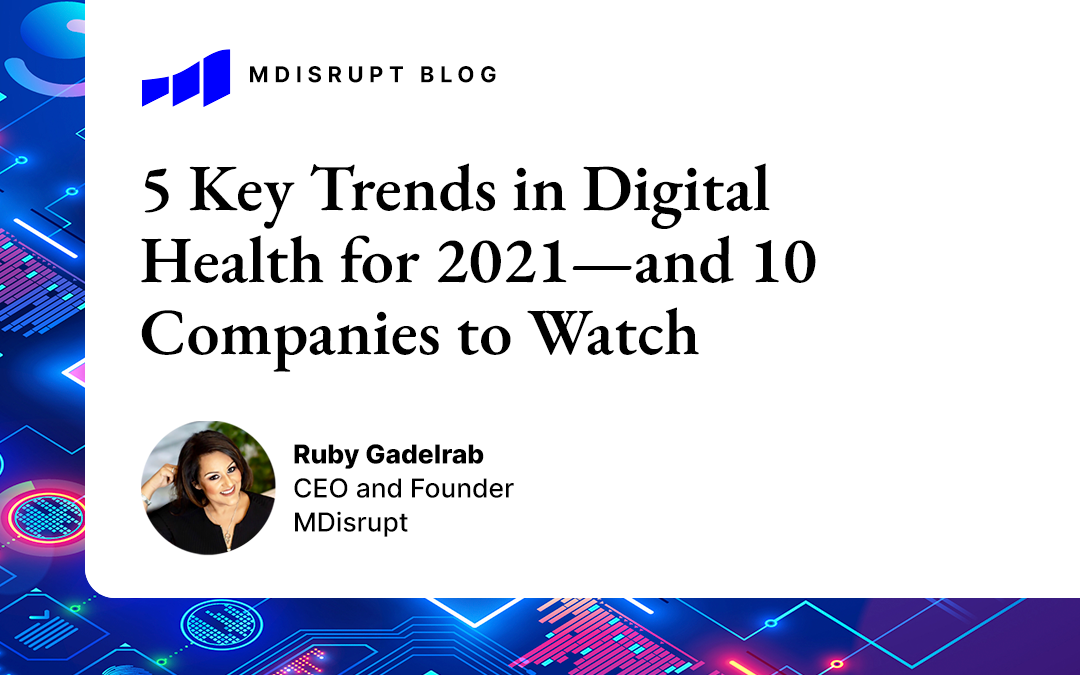
Six Things Healthtech Founders Should Know When Building Health Products
[Updated 10-27-21] Healthtech is a fast-growing industry in which technology (wearables, apps, cellphones, databases and software) is used to solve problems in healthcare around improving access, productivity, delivery and quality of care as well as potentially reducing costs. According to Rock Health, in the first half of 2021, $14.7 billion was invested in healthtech in the U.S. alone.
However, healthcare product development is hard and very different from tech product development. Many innovators from the tech world are flocking to the world of healthcare and attempting to disrupt it through their innovations. There are well-established steps for building health products that scale. What are the key things that healthtech entrepreneurs should know as they navigate this complex industry?
1. Understand healthcare’s many stakeholders.
Within the healthcare ecosystem, there are many stakeholders; often, the user, influencer and payer are not the same people. When building a health product, it’s important to understand from the beginning who the stakeholders are and what they value. You should map out who will use it, who will pay for it and who will make the decisions to implement it because this will have a direct influence on what you build, what features it will have and what the value proposition will be. Some key stakeholders include:
- Providers: The doctors, nurses, pharmacists, dentists, radiologists, surgeons and other practitioners who are licensed to deliver care to the patient.
- Health System: An organization or a group of organizations that is responsible for delivering primary and secondary care to a target population.
- Payers: A company that pays for medical services. Insurance companies are the most common type of payer. In the U.S., these fall into one of three categories: commercial, private and government.
- Employers: The largest purchaser of health insurance, covering more than 55% of Americans.
- Patients: The ultimate consumers of healthtech and healthcare products and services.
2. Solve a real problem.
Many of today’s healthtech products started as a technology discovery that was then applied to healthcare to try to solve a problem. Often, this is merely a perceived problem because the founder’s limited experience of the healthcare ecosystem means that they haven’t understood their target audience and the audience’s clinical workflows, intent or guidelines they follow.
The way many healthcare stakeholders think about this is that they look for solutions that generally solve one of these problems:
- Does it improve patient health outcomes?
- Does it reduce healthcare costs?
- Does it improve the patient and physician experience?
It’s important that your product solves real problems in healthcare, and the best way to do this is to consult health industry experts and deeply understand your audience.
3. Generate evidence to convince skeptical audiences.
Evidence generation is one of the most critical steps in building health products. Firstly, people’s lives are at stake, so it’s important to demonstrate your product is both safe and effective.
Secondly, you have to convince doctors to use it. Doctors can be the world’s most skeptical audience, partly because they are scientists at heart and partly because they took an oath to “do no harm” and they genuinely care about doing the best for their patients. In addition, medicine is one of the most litigious industries.
Data, publications and recommendations from medical societies will likely convince doctors to routinely adopt your product in their practices.
4. Ensure that the economics work.
Evidence generation is important not only for providers, but also to convince payers to reimburse your product. Payers and employers will need to be convinced of the financial advantage of utilizing your technology. They will want to know:
• How much does it cost compared to what they are currently doing?
• How much will it cost to implement the solution in its entirety (switching costs, training costs, etc.)?
• How much will it save the healthcare system and over what time frame?
• Does the cost of the solution plus the implementation provide a compelling ROI over a reasonable amount of time?
This is where the skills of a trained health economist come in. Health economists are trained to do health economics and outcomes research. They help compile the dossier with models that you will need to present to payers.
Like all other types of business, even if you have the best product to solve the biggest problems, if the economics don’t work and you can’t convince someone to pay for it, it’s nearly impossible to scale.
5. It’s a marathon, not a sprint.
Most entrepreneurs who build health products and expect them to scale in a healthcare setting have to be in it for the long haul. It can take 10-15 years to get widespread adoption of a health product, including the time to complete all the studies necessary to generate the evidence to convince providers to adopt it and payers to pay for it. This is very different from the tech world, where products can scale and exit within five years.
Often, good healthtech companies run out of money and time before they can fully scale. For example, clinical studies from a healthtech company called Lantern were just recently published, two years after the business folded and sold its IP.
6. Pick the right investors.
To the point above, it’s important that healthtech founders choose their investors wisely — the ones that understand the time and money it will take to successfully build and scale a health product and have realistic expectations. The studies and regulatory processes may take years, and revenue and exit expectations should be adjusted accordingly.
There is no doubt that healthcare is ripe for disruption through technology, and there is no shortage of talented entrepreneurs to catalyze this disruption.

First published in Forbes Business Council.
Ruby Gadelrab Forbes Councils Member

Ruby Gadelrab, CEO + Founder, MDisrupt
Ruby Gadelrab is a seasoned health executive with a track record in successfully commercializing healthcare and healthtech products. Her expertise lies in developing high-impact B2B and B2C marketing, branding, and commercial strategies. Ruby served on the executive team at 23andMe as vice president of commercial marketing and has worked for many leading companies in the biotech and genetic spaces. Before founding MDisrupt, Ruby consulted for, advised, and mentored more than 25 companies in the healthtech space.
At MDisrupt we believe that the most impactful health products should make it market quickly. We do this by uniting digital health companies with experts from the healthcare industry to help them accelerate their time to market responsibly.
Our expert consultants span the healthcare continuum and can assist with all stages of health product development: This includes regulatory, clinical studies and evidence generation, payor strategies, commercialization, and channel strategies. If you are building a health product, talk to us.

